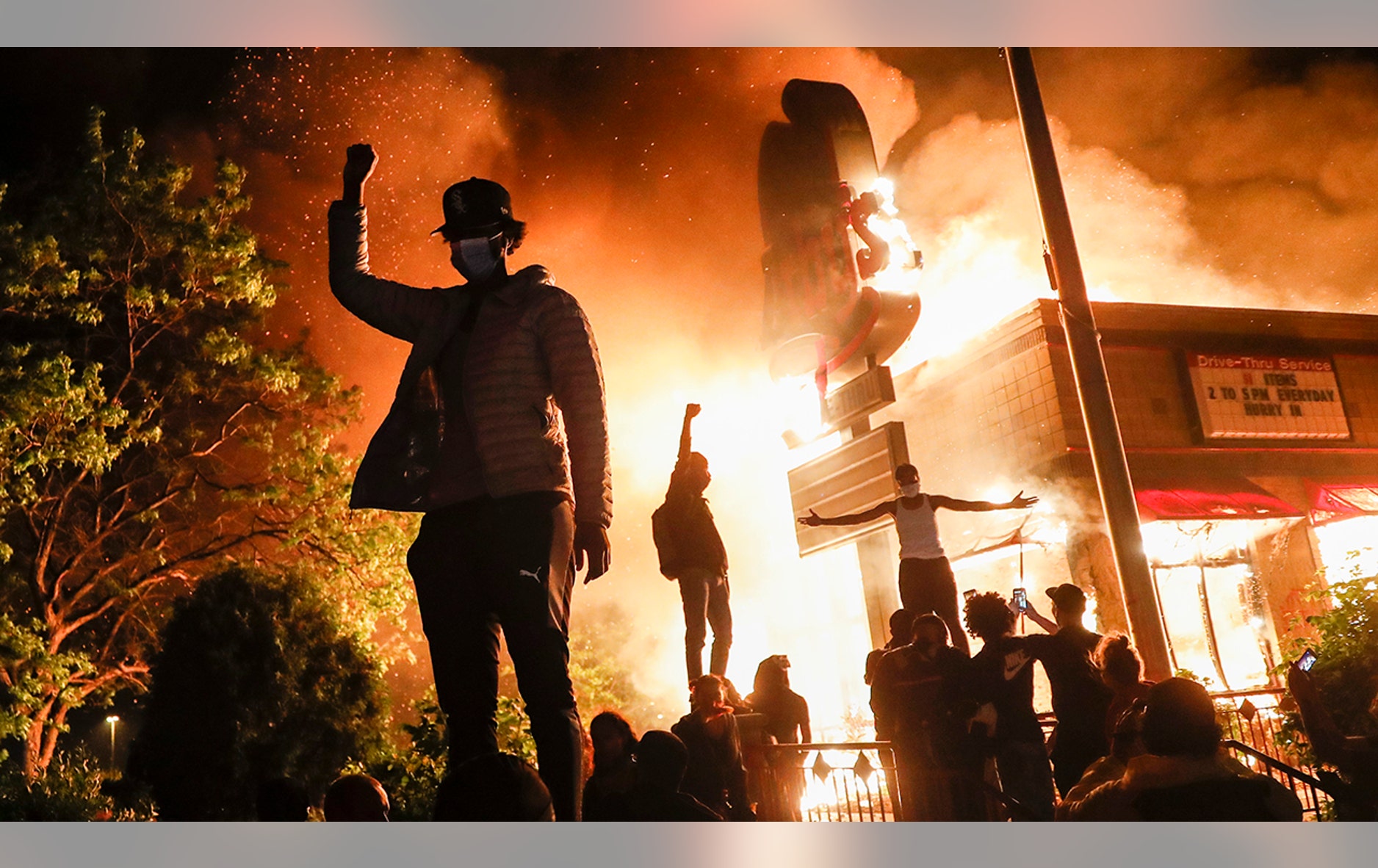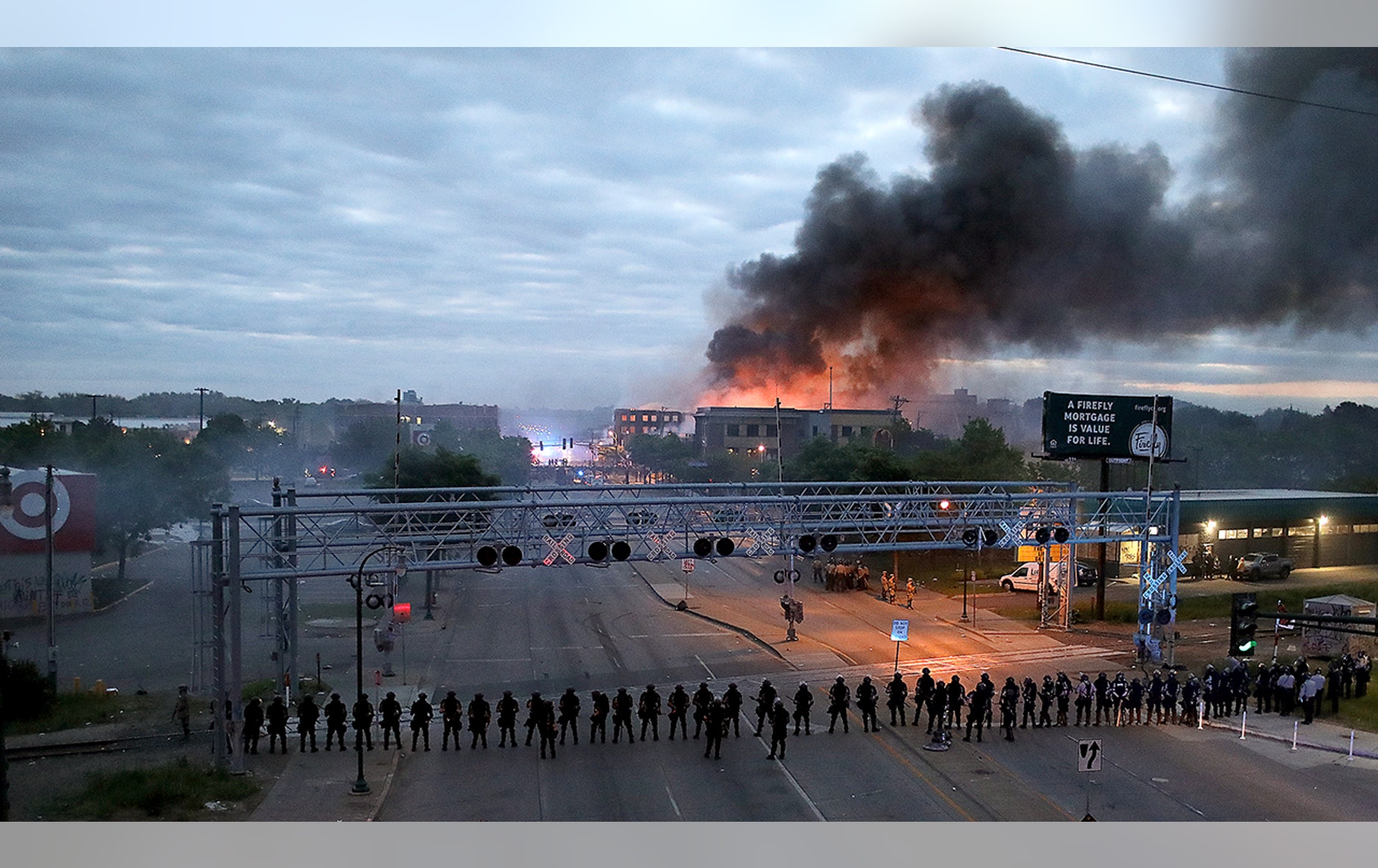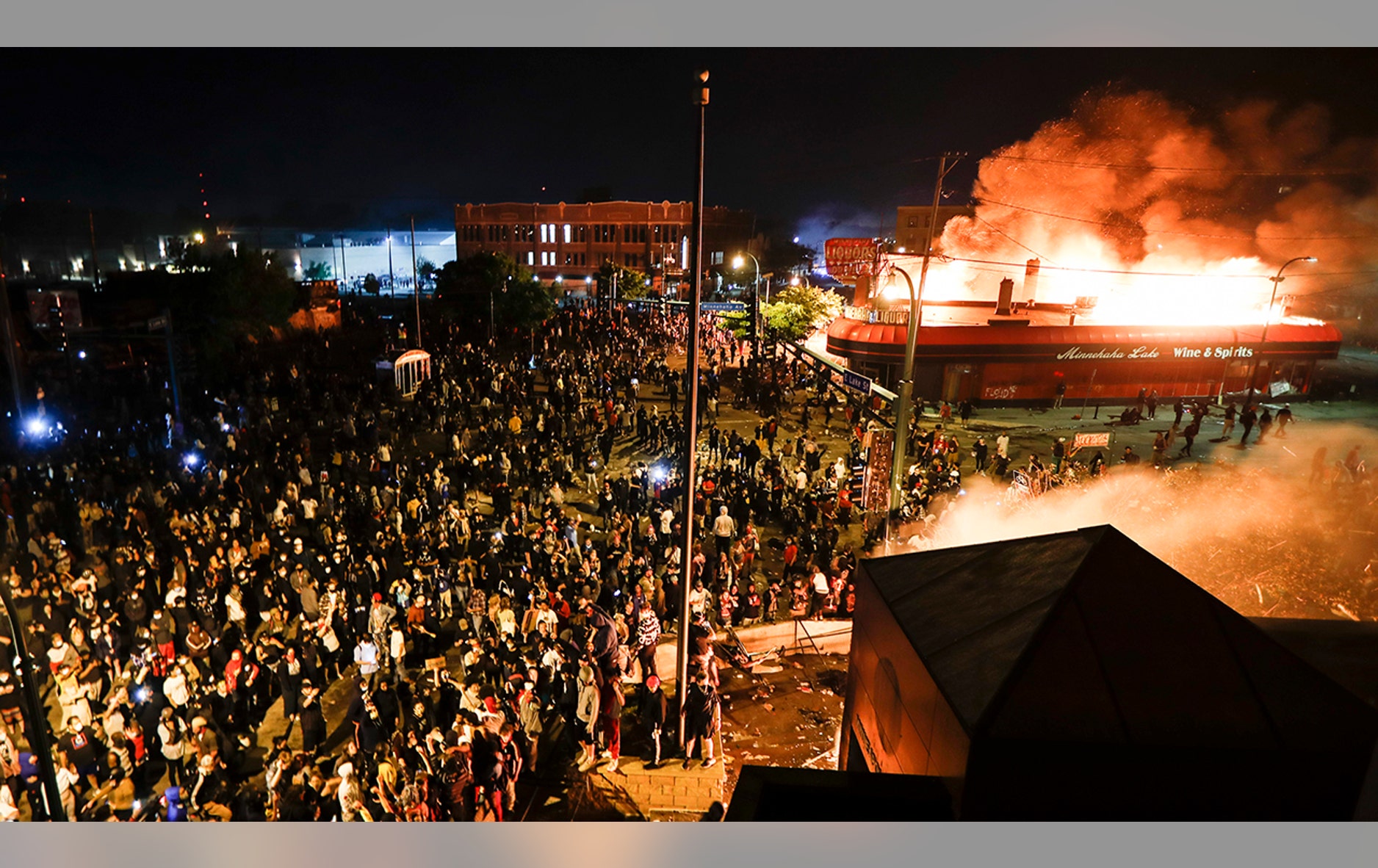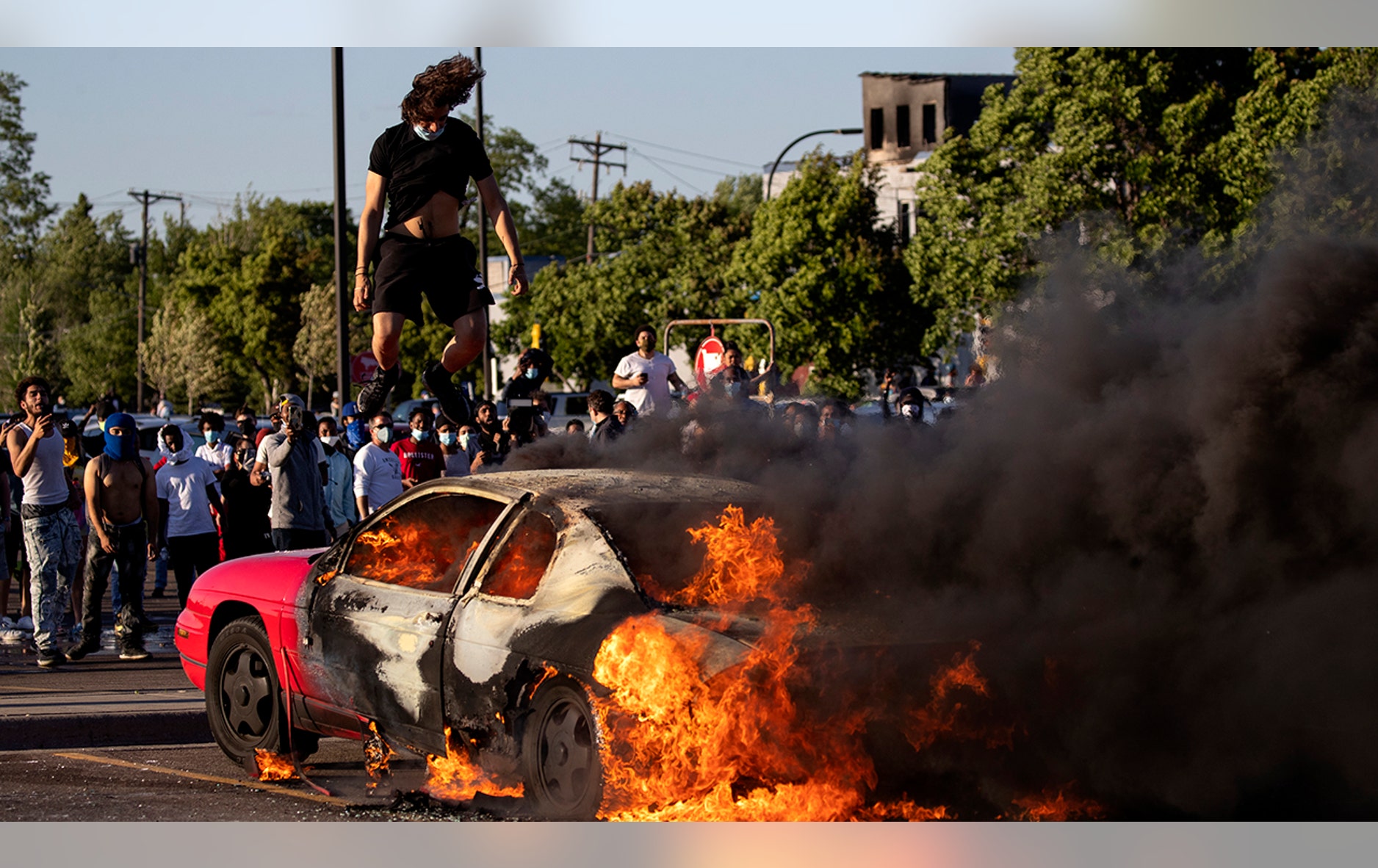https://oilprice.com/Geopolitics/Intern ... China.html
Is The U.S. Prepared For War With China?
By Gregory R. Copley - May 25, 2020
Mid-2020 saw the world at war, actual strategic war as far as the Forbidden Palace in Beijing was concerned. This was almost disbelievingly acknowledged by some in Washington, DC, London, Canberra, Ottawa, New Delhi, and Tokyo. It was a war that was viewed tentatively and with incredulity in much of the West because it was a war of a very new type. And it was a war in which the West — for the first time in a century or more — did not write the rules of engagement.
Indeed, because it had emerged from covert war to overt war, the People’s Republic of China (PRC) leadership was aware, certainly by early May 2020 (and probably even by January of that year), that it had to move quickly to use the cover of the global coronavirus preoccupation and lockdown in order to make and consolidate some key strategic advances while it could do so unopposed. These initial objectives for Beijing included:
Locking down control of the autonomous Hong Kong region — a significant source of the PRC’s access to foreign exchange generation — once and for all, and hoping to do so with minimal foreign reprisal;
Rebuilding a PRC position whereby it could resume domination of global supply chain origination manufacturing, something which it had essentially been losing even before the 2020 crisis;
Consolidate military domination of the South China Sea region;
Break up the revival of a coherent US alliance structure in the Indo Pacific (including the Middle East) and ensure that there were no viable options to allow the Russian Federation to expand its rapprochement with the West. Essentially, it needed to end the prospect that the “second Silk Road”, dominated by Russia and supported by Japan (in particular) would not be strategically threatening to Beijing;
Make progress in shortening the timescale for a military-led option to remove Taiwan — the Republic of China (ROC) — from any chance of depending on strategic military cover from the United States and Japan.
There were no immediate, clear cut successes visible for Beijing by late May 2020, but the urgency was there, and so was the momentum. The PRC had no option but to make gains quickly, and it was clear that it had, despite reviving fear, distrust, and counteraction by the US, UK, and Australia, in particular. Beijing’s economic position and outlook, worsening for at least the previous decade, could not sustain the PRC’s strategic competitiveness visàvis the US and its allies much longer unless the crisis could be used to actually ruin the relative economic and military positions of its opponents.
It was, then, a decision that, if Beijing could not succeed in recovering its economic (and therefore strategic) competitiveness, then all others needed to lose their ability to compete. It was a war plan consciously written by the Communist Party of China (CPC), and particularly in the image of the CPC and PRC leader, Xi Jinping. It had its ideological origins in the globalism pioneered by the Communist Party of the Soviet Union (CPSU), but it took on Maoist characteristics (consolidated by the updated Maoism of Xi Jinping), including the clarity of the 1999 doctrinal watershed of the publication of the Unrestricted Warfare total war strategy.
So the new war doctrine — the 21st Century version of “total war” — was a long time in coming. Its development was also, most importantly, an evolution of the Allied victory of World War II, with its development of global supply chain thinking: logistics and industrialization.
The CPC, starting with Deng Xiao-ping, learned to truly create “socialism with Chinese characteristics”, but that meant something very much modernized over historical Marxist-oriented interpretations. This led, progressively, to the understanding by Beijing that it needed to rebuild the traditional “global” supply chain pattern through which the Middle Kingdom had made itself the central power through much of ancient history. Its supplicant, or tributary vassals, had depended on the Silk Routes, overland through Eurasia and by sea through the Indo-Pacific (and beyond), and must be made to do so again.
This became Xi Jinping’s “One Belt, One Road” (OBOR) initiative, which in May 2017 became the “Belt & Road Initiative” (BRI) when it was clear that Moscow, Tokyo, and Washington were attempting to create a “second Silk Road” across Russia, bypassing Beijing’s attempted domination of the South China Sea (to control the Silk Road at Sea). But in the period up to mid-2020, the “new total war” was viewed — particularly in the West — as nebulous. This new total war format is, by definition, amorphous, and deliberately so, as I note in my new book, The New Total War of the 21st Century and the Trigger of the Fear Pandemic. Direct, kinetic confrontation — the measure by which the uniformed military and much of society viewed “war” — was absent, although the threat of it had finally emerged by April/May 2020, and this galvanized thinking among Western leadership.
It even generated enough alarm to see the deep internal political schisms in the US and Australia heal at least to a degree. In the US, the emerging threat saw Democratic Party and Republican Party politicians coming together in relative unanimity — largely unreported in the US media — to reject the PRC’s threat to US and Western interests. It also caused the UK Government to finally be able to move, with broad public acceptance, to end the PRC’s strategic leverage in Britain, including ending the question of reliance on the PRC’s 5G communications technology from Huawei.
......
Gautam








